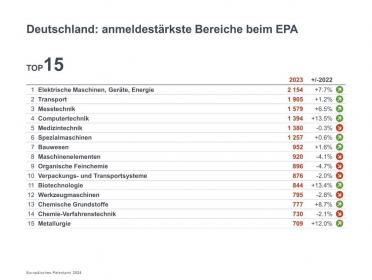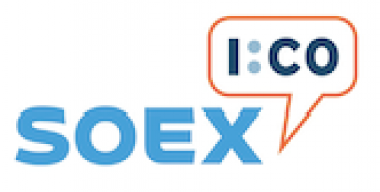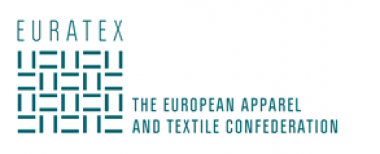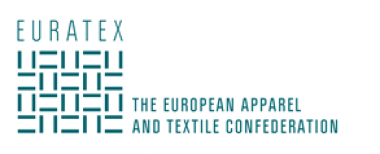Cleantech-Studie von EPA und EIB
Zwischen 1997 und 2021 wurden mehr als 750 000 Erfindungen für saubere und nachhaltige Technologien veröffentlicht. Das entspricht nahezu 12 % aller Erfindungen in diesem Zeitraum, wie der jüngste gemeinsame Bericht zur “Finanzierung und Vermarktung von sauberen und nachhaltigen Technologien” des Europäischen Patentamts (EPA) und der Europäischen Investitionsbank (EIB) zeigt. Von 2016 bis 2021 nahmen Cleantech-Erfindungen um 33 % zu. Fast 55 000 internationale Patentfamilien wurden allein im Jahr 2021 registriert. Der Bericht enthält auch eine umfassende Befragung europäischer Cleantech-Innovatoren. Sie erläutern ihre Aktivitäten im Bereich der nachhaltigen Technologien auf und verweisen auf die Unterstützung, die sie für die Vermarktung ihrer Erfindungen benötigen.
Europa als einer der Hauptakteure
Gemessen an der Zahl der internationalen Patentfamilien (IPFs) lag der Anteil der EPO-Mitgliedstaaten an wertvollen Cleantech-Erfindungen zwischen 2017 und 2021 weltweit bei 27 %. Regional lagen Deutschland, Frankreich und das Vereinigte Königreich dabei an der Spitze. Japan, die Vereinigten Staaten und China sind global weiterhin wichtige Akteure, wobei China seinen Cleantech-Sektor in den letzten Jahren rasant ausgebaut hat.
Über 70 % der Unternehmen, die saubere und nachhaltige Technologien in der EU patentieren, haben weniger als 5 000 Beschäftigte. Auch wenn 29 % dieser Unternehmen derzeit den nationalen Markt bevorzugen, sehen 61 % die EU als ihren wichtigsten Zukunftsmarkt an. Hinsichtlich des Rechtsrahmens zur Förderung der Wirtschaft führen 43 % der mittelgroßen und 55 % der großen Unternehmen mit weniger als 5 000 Beschäftigten die konsistente Regulierung in der EU als die von ihnen am meisten gewünschte Form der politischen Unterstützung an. Klein- und Kleinstunternehmen im Cleantech-Bereich sehen im Zugang zu Finanzmitteln das wesentliche wirtschaftliche Hindernis.
Kohlenstoffarme Energietechnologie führt das Feld an
Saubere und nachhaltige Technologien umfassen ein breites Spektrum an Lösungen. Sie haben das Ziel, die Energieeffizienz zu verbessern, nachhaltige Ressourcen zu nutzen, Umweltverschmutzung und Abfall zu reduzieren und die negativen Auswirkungen des Klimawandels abzumildern. An der Spitze steht die kohlenstoffarme Energietechnologie, gefolgt von sauberen Mobilitätslösungen. Alternativen zu Kunststoffen folgen direkt danach mit einer beträchtlichen Anzahl von Patentanmeldungen. Eine deutliche Patentaktivität zeigt sich ebenfalls in den Bereichen saubere Produktion nebst Gebäudetechnik, Informations- und Kommunikationstechnik sowie Technologien zur Anpassung an den Klimawandel – mit unterschiedlichen Wachstumstrends in den einzelnen Sektoren.
Investoren mit Hightech-Startups zusammenbringen
Im letzten Herbst startete das EPA seinen Deep Tech Finder. Das Tool kombiniert die Unternehmensprofile von rund 9 000 investitionsbereiten europäischen Startups mit Informationen zu ihren jeweiligen Patentportfolios. Der Deep Tech Finder verfügt über ein Dutzend Filter für verschiedene nachhaltige Technologien, die mit rund 300 europäischen Startups verknüpft sind. So können Investoren leichter vielversprechende Startups finden und umgekehrt. Das Tool wurde vor Kurzem aktualisiert: Es enthält nunmehr verbesserte Funktionen zur Anzeige von Startups, die den Abfragekriterien entsprechen, eine einfache Download-Funktion sowie verfeinerte Angaben zum Patentstatus.
Europäisches Patentamt Europäische Investitionsbank Studie Nachhaltige Technologien
Europäisches Patentamt (EPA)














